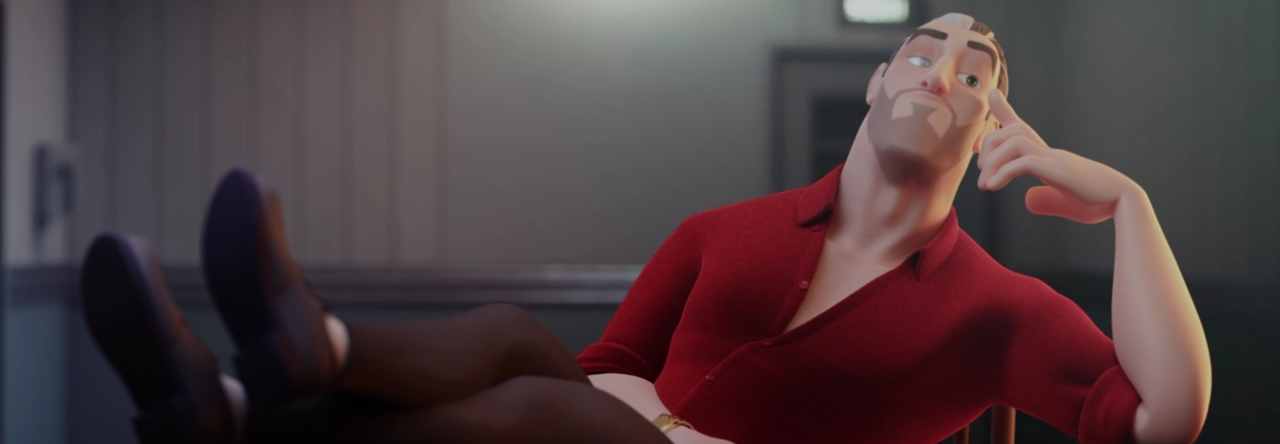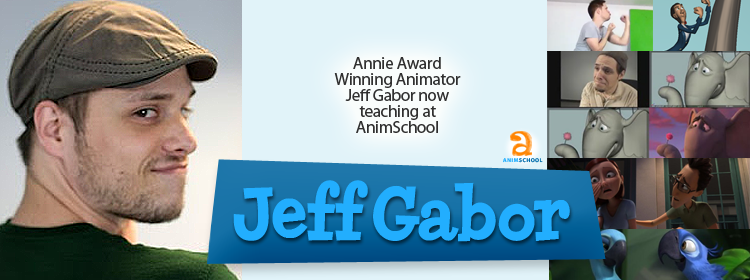We’d like to welcome Amila Puhala today. Amila, how did it all begin? At what moment did you discover you wanted to be an animator?
far as I can remember, I have loved both the logical and the abstract.
I found differing satisfaction in both of those endeavors and, in my
youth, could always be found with a notebook filled with sketches and
writing….with scribbled math problems and logic diagrams along the
edges. I think I always knew I wanted to do something that worked with
this dichotomy…I just didn’t know what or how. I wish I could tell
you that I always wanted to be an animator and this was a result of a lifelong passion…but the simple truth is that I
didn’t even consider “animation” as a career choice until later in
life…
After high school, I wandered a bit, not sure of what I wanted but happy
enough just discovering life. I worked many random jobs…most of
which were short-lived…none of which offered me any more than a clue
as to what I DIDN’T want to do for a living and a sparse means to
continue my adventures. One random day, my brother’s college friend
suggested that I study computer animation. I shrugged off the
suggestion and continued on my adventures with little thought put
towards that idea…that is, until years later, after I met and married
my husband, Patrik. We reached a point in our lives where we needed to
decide on a path for our future. I casually suggested computer
animation thinking that it may be a fun mix of technology and art. We
took the gamble and headed off to school in Portland, OR. It was here,
at the school, that I fortunately discovered my love for animation…
And even more fortunate was the fact that my husband also seemed to
enjoy animation. We grabbed hold of the idea and haven’t looked back.
Can you tell us a little bit about your training and what schooling you’ve had to get you to where you are now?
I attended the Art Institute of Portland for my BS in Media Arts and
Animation. When I first attended, I had no clue how to surf the
internet or turn a computer on…and I certainly had no idea what it
took to make a character come to life…but by the end, it all started
to make sense. There were a few fellow students and teachers who really
helped to push my learning and encourage me along the way. The
greatest asset to my training, though, HAS to be my husband, Patrik. We
were both starting from scratch and we learned together, continually
pushing each other to achieve more and encouraging the other to succeed.
At Pixar, I was an animator for the Finding Nemo Submarine Voyage theme
park ride for Disneyland. I was part of a small animation team who
worked with the brilliant crew at Disney Imagineering to bring the Nemo
characters to life for the submarine ride. It was a unique project to
work on because it was not based on a static audience and it had to
integrate into a real world 3d environment.
Your title at Blue Sky is Senior Animator, can you tell us a little more
about your position and how a Senior Animator’s role is different from
an Animators?
prevalent one is still to animate characters for the film. We have a
“pod” system here where the senior animators are each assigned a small
group of 6-8 animators to casually check in with every day. It can be
tricky because the last thing any production needs it to have too many
cooks in the kitchen. We try to honor the blocking that was
director/supervisor approved and give non-destructive notes to plus the
ideas and animation that are there. Simply put, we are an extra set of
eyes to help the animators along if they so desire.
I always ask my interviewees this but where do you usually find your
inspiration for your work? To add to that, who’s work do you admire?
Inspiration is one of those tricky things. I wish there were some
simple solution to finding it…but it seems that this is something I
struggle with a lot. I find inspiration in life, memories,
movies…Some of the greatest inspiration can be found right here at
work. I am fortunate to work with an amazingly talented and passionate
team of animators all of whom love the craft and continually push
themselves and their shots. It may be bias… but I deeply admire my
husband’s work and the passion with which he approaches animation.
What is your favorite sequence/shot you’ve animated on through out your career?
shots are the ones that breath…where the character is given some
screen time to think and react and interact…where the moment feels
sincere. As far as my own shots are concerned, I think my favorites
right now are the moments between Manny and Peaches…not because of my
execution of them, but because of the moments themselves. But that’s all
I’ll say until it’s out in theaters.
When you’re polishing up a shot what are you mainly looking for, and how
much time do you allocate for a polish pass before the deadline?
I allocate as much time as possible for polish (which varies depending
on the length and complexity of the shot). This is the “pretty” pass.
The general attitude of the shot and the basic mechanics have been
worked out and now I’m going in and making sure that everything is
clean…I will check my arcs, my spacing, and the movement of flesh and
breath. The trick is to not over polish. Don’t smooth everything until
all of the edges are taken away. It’s sometimes the imperfection of it
all that feels real…but do it consciously. The shots are never
done…they’re just due. I try to finesse as much as possible before
handing it off to the next department.
Your husband, Patrik Puhala, works with you at Blue Sky, could you tell
us a bit about the working relationship when animating together at a
studio?
It’s awesome!!! Who wouldn’t want to work beside their best friend?
Much of our time is spent on the computer, but it’s great to be able to
step away and get Patrik’s take on my shot …or just have someone to go
and get coffee and lunch with every day. He understands our job and
can talk me through a rough day and join me in celebrating a final.
It’s especially great during the long crunches. Most people don’t get
to see their loved ones and families much during this time…but I get
to be right beside mine. I love it!
Always observe. The world is a treasure trove of inspiration and all
you need to do is look. You will be amazed at the peculiarities and
mechanics of the world we live in. Happy animating!
Interview by: Andrew Tran












